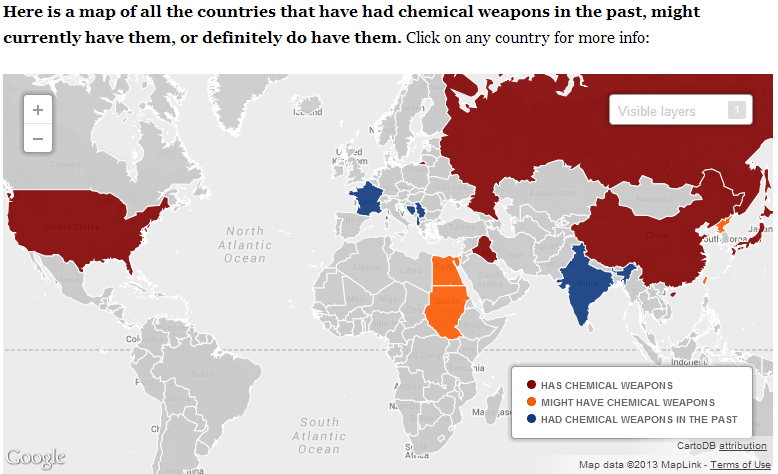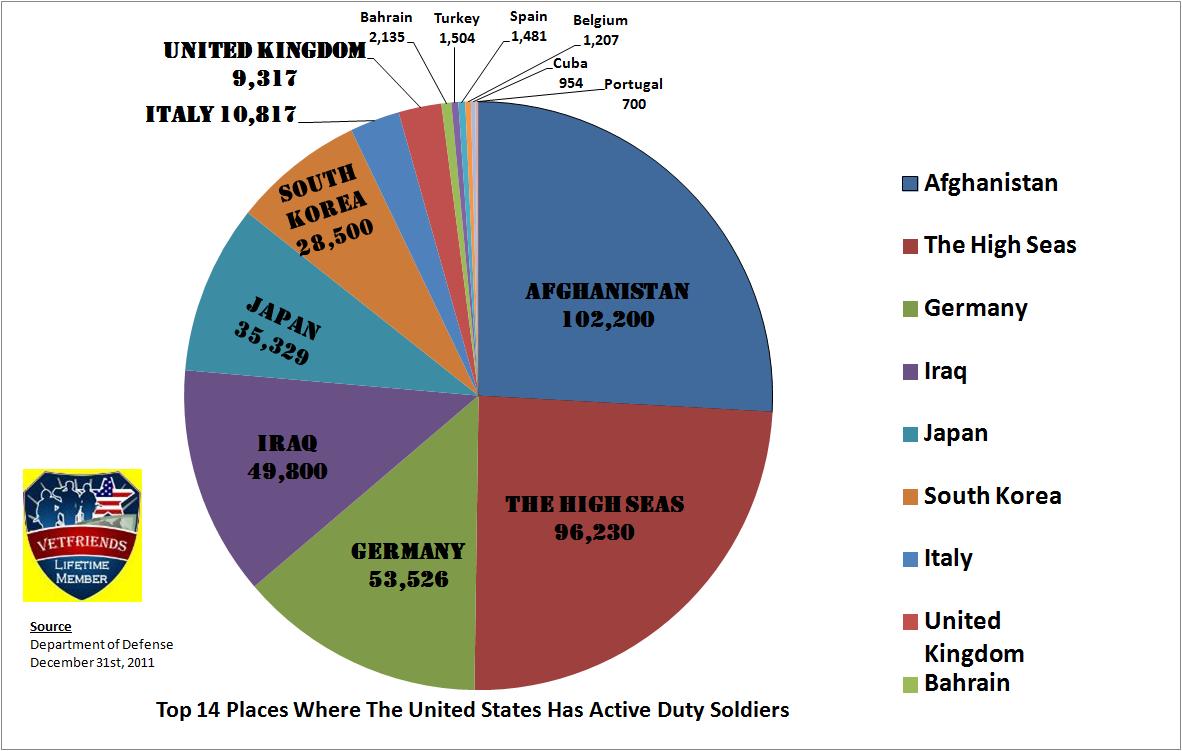The 1925 Geneva Protocol banned the use of chemical weapons in warfare. By 1993 the Chemical Weapons Convention asked signatory nations to destroy their existing chemical weapons stockpiles and stop producing new ones.
Of the signatories, the United States and Russia are the two countries with the largest chemical weapon stockpiles. Currently, they are in the process of destroying them. Among the signatory states that have not yet ratified the Convention we find Israel and Myanmar. States that have not signed the Convention include Angola, Egypt, North Korea, South Sudan, and Syria.










